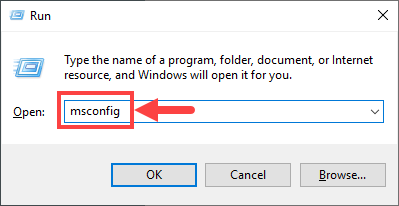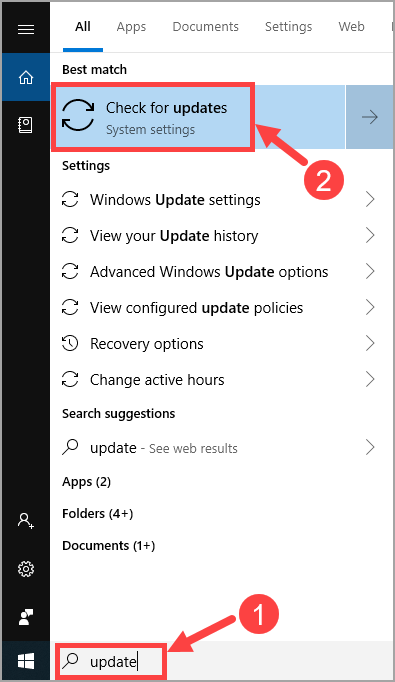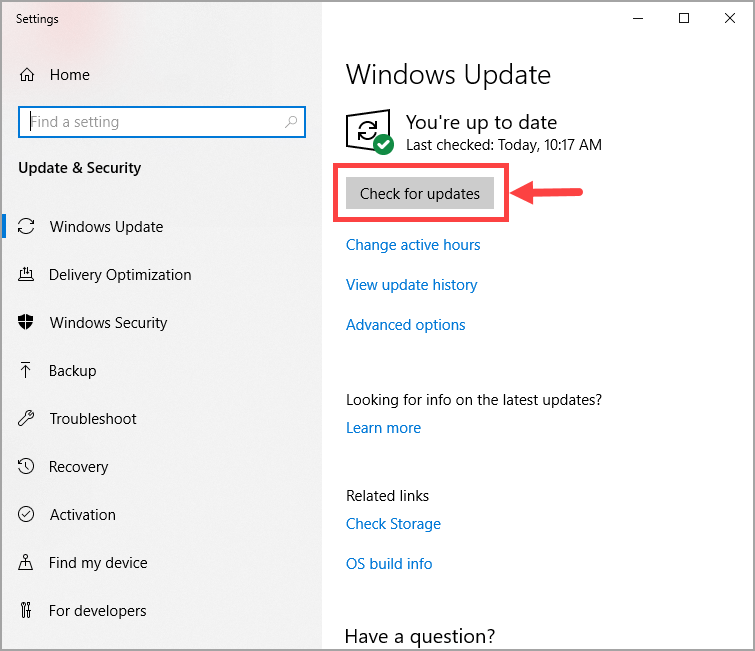Getting the MULTIPLE_IRP_COMPLETE_REQUESTS blue-screen error? Don’t panic – you’re not alone. Daunting though this problem seems, you may be able to fix it with a few simple steps.
How to solve MULTIPLE_IRP_COMPLETE_REQUESTS BSOD error
Here are 4 solutions that have proved useful to many Windows users. So before you call a computer technician, why not try the following methods and fix the problem by yourself? You don’t need to try them all; just work your way down the list until you find the one that works for you.
Fix 1: Update your device drivers
Fix 2: Resolve any software conflicts
Fix 3: Check for Windows Updates
Fix 1: Update your device drivers
The MULTIPLE_IRP_COMPLETE_REQUESTS error may be caused by outdated device drivers or driver conflicts. Usually, these problems could be solved by updating your drivers. If you’re not sure whether all of your drivers are up-to-date, you should check.
You can do this in Windows Device Manager, one device at a time. But this takes a lot of time and patience, and if any of your drivers do happen to be out of date, you’ll need to manually update them, which is difficult and risky. If you don’t have the time, patience or computer skills to update your device drivers manually, you can do it automatically with Driver Easy.
Driver Easy will automatically recognize your system and find the correct drivers for it. You don’t need to know exactly what system your computer is running, you don’t need to risk downloading and installing the wrong driver, and you don’t need to worry about making a mistake when installing. Driver Easy takes care of everything.
You can update your drivers automatically with either the FREE or the Pro version of Driver Easy. But with the Pro version it takes just 2 clicks:
1) Download and install Driver Easy.
2) Run Driver Easy and click the Scan Now button. Driver Easy will then scan your computer and detect any problem drivers.

3) Click the Update button next to a flagged driver to automatically download the correct version of that driver, then you can manually install it (you can do this with the FREE version).
Or click Update All to automatically download and install the correct version of all the drivers that are missing or out of date on your system. (This requires the Pro version which comes with full support and a 30-day money back guarantee. You’ll be prompted to upgrade when you click Update All.)

If this fix didn’t help, please proceed to the next one.
Fix 2: Resolve any software conflicts
Another possible culprit for your MULTIPLE_IRP_COMPLETE_REQUESTS error is a software conflict. This is particularly likely if you get the error after installing a new app or when you’re trying to launch a certain program.
There’s no quick way to pinpoint which applications are conflicting. You have to fully shut down every unnecessary program (including any associated background processes) and wait to see whether the error reoccurs.
Jump ahead to the section you’re interested in:
- Check to see if you have any software conflicts
- Find out which programs are causing them
- Disable and uninstall those programs
1. Check to see if you have any software conflicts
1) Close all programs. To do this, switch to the program, and close it as you normally would (e.g. by clicking the × at the top right of the program).
2) End all unnecessary background processes by the following procedure:
I. On your keyboard, press the Windows logo key and X at the same time, then click Task Manager.

II. On the Processes tab, select the program that you want to shut down from the list in Task Manager and click End task to force a close. (If it’s a program you’re using, e.g. Microsoft Word, make sure you save any unsaved work first.)

3) Wait to see whether the error reoccurs:
- If the error DOES reoccur – It’s probably not caused by a software conflict, and you should move on to Fix 3.
- If the error does NOT reoccur – One or more of the programs you shut down is probably causing the error. Now you need to identify which program(s) caused the error, as described in Step 2 below.
2. Find out which programs are causing your conflicts
If closing all unnecessary programs stopped the error from reoccurring, you know that one of those programs was causing the error. Now you just need to figure out which one.
To do this, restart one of your programs, and wait to see if the error comes back. If it doesn’t, restart the next program, and wait for the error again. Then the next, and the next, and so on.
When the error eventually reoccurs, you know that the program you restarted most recently is a problem.
But bear in mind, it may not be the only problem. It may actually be conflicting with another program – one you restarted earlier – and that conflict is what’s causing the error.
If you don’t really need the offending program, you can just disable or uninstall it immediately, as described below. But if you do need the offending program, you should check if it’s conflicting with something else (because then you may be able to disable/uninstall the other program instead).
To do this, leave the offending program open, but shut down all other programs again. If the error reoccurs, you know the program is the sole cause. If the error doesn’t reoccur, you know the program is conflicting with another program. To figure out which one, restart each program again, one at a time, and wait for the error to come back.
When you find which programs are conflicting with each other, you can disable or uninstall the one you need the least.
3. Disable or uninstall conflicting programs
Once you identify the program(s) causing the conflict, you have two options:
Jump ahead to the section you’re interested in:
To permanently disable the program:
1) On your keyboard, press the Windows logo key and X at the same time, then click Task Manager.

2) On the Processes tab, select the program that you want to shut down from the list in Task Manager and click End task to force a close.

3) If the program is also among the startup items, you should stop it from running at startup. Here’s how:
On your keyboard, press the Windows logo key and R at the same time to invoke the Run dialog box. Type in msconfig and hit Enter.

4) Go to the Startup tab, and click Open Task Manager.

5) Select the programs you don’t want to start when Windows starts, then click Disable.

To uninstall the program:
1) On your keyboard, press the Windows logo key and R at the same time. Type appwiz.cpl and press Enter.

2) In Programs and Features, right-click on the program that you want to uninstall and click Uninstall.

If, after disabling or uninstalling conflicting programs the error reoccurs, try Fix 3 below.
Fix 3: Check for Windows Updates
Although Windows Updates seem somewhat unstable having major or minor bugs (that’s not always the case, though), you should still perform an update when you run into the MULTIPLE_IRP_COMPLETE_REQUESTS error. That’s because a new Windows version may involve some sort of fixes that could help you resolve the BSOD error.
To check for and perform Windows Updates, use the following actions:
1) On your keyboard, press the Windows logo key and S at the same time to invoke the search box. Then type in update and click the Check for updates result.

2) Click Check for updates.

3) Follow the on-screen instructions to apply the update if Windows has found any.
After your Windows OS has been updated to the latest version, wait to see if the error reoccurs. If it continues to happen, then you should move on to the next fix.
Fix 4: Update your BIOS
If none of the fixes above work for you, then you should try updating your Basic Input Output System (BIOS). This is an indispensable part of your computer for it initializes the hardware components during the booting process and controls some of their basic functions. Besides, you can use BIOS to configure certain settings, such as whether to allow your computer to boot from USB.
Put it simply, your PC won’t even start if there’s anything wrong with the BIOS. And unfortunately, the process of updating BIOS could be risky and error-prone due to various reasons. For example, if you install a wrong BIOS version or your computer loses power during the update, major issues will come along. You might need to spend much to get your PC repaired. So just be sure you can bear the risk before performing a BIOS update.
If you’re quite certain that you MUST update your BIOS, here’s the post that can provide you with more in-depth knowledge:
When Should I Update BIOS and How to Update it Safely
Hopefully this post helped you resolve the MULTIPLE_IRP_COMPLETE_REQUESTS BSOD error. If you have any follow-up questions or ideas, please feel free to leave a comment below. Thanks for reading!






